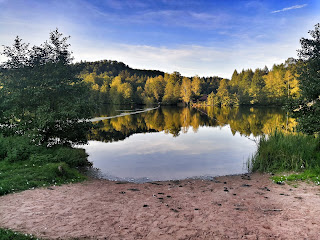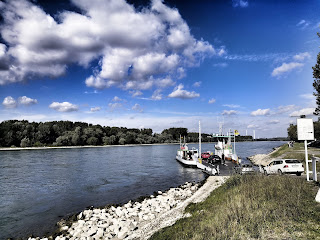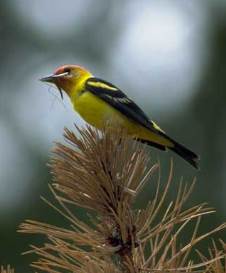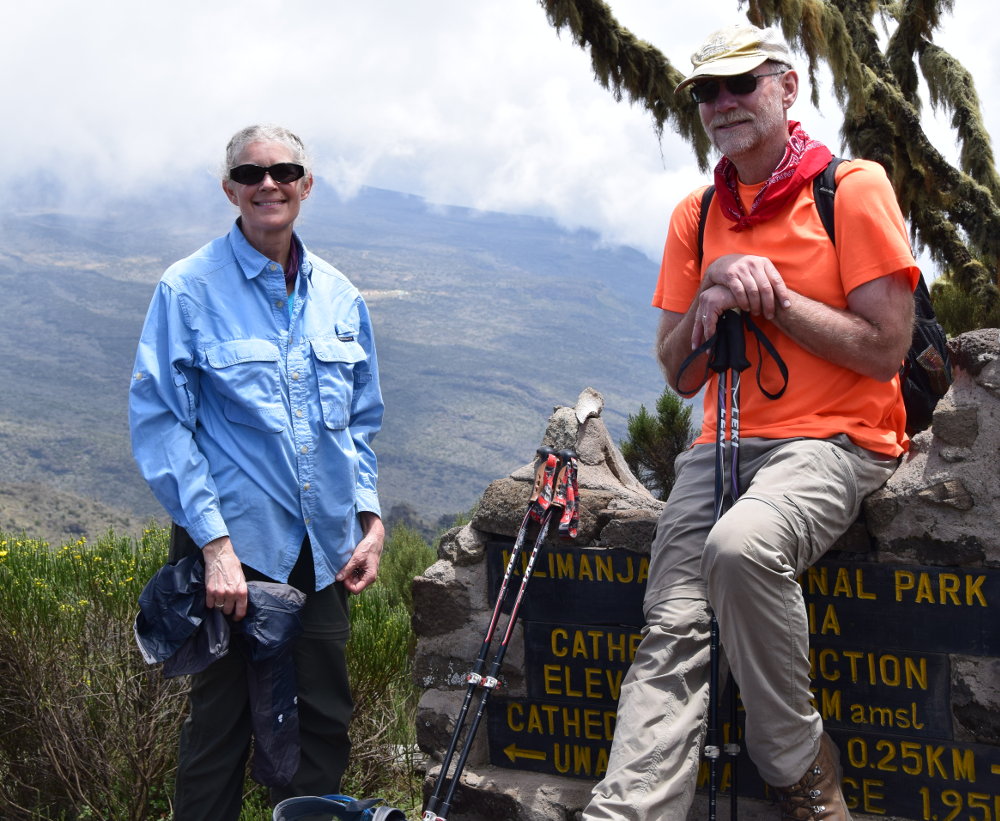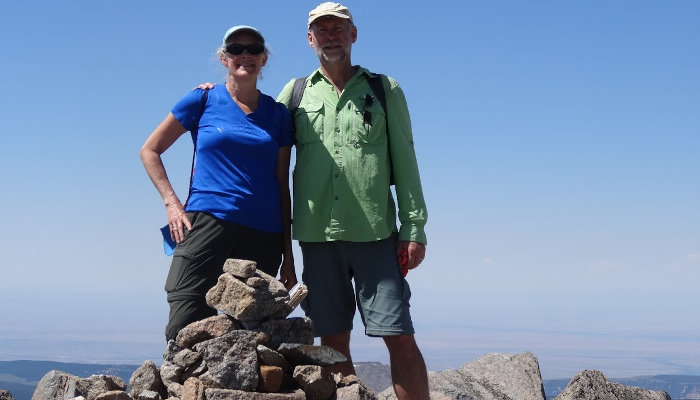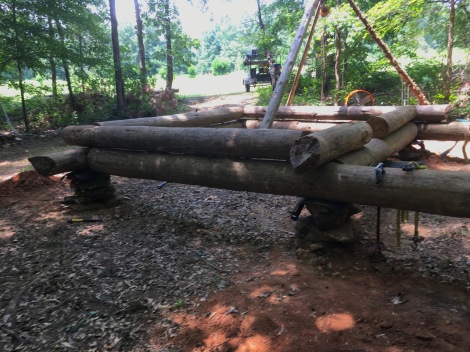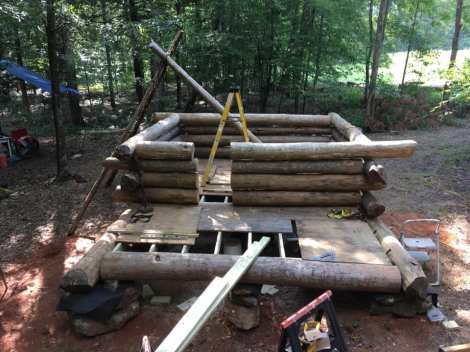by Todd Walker
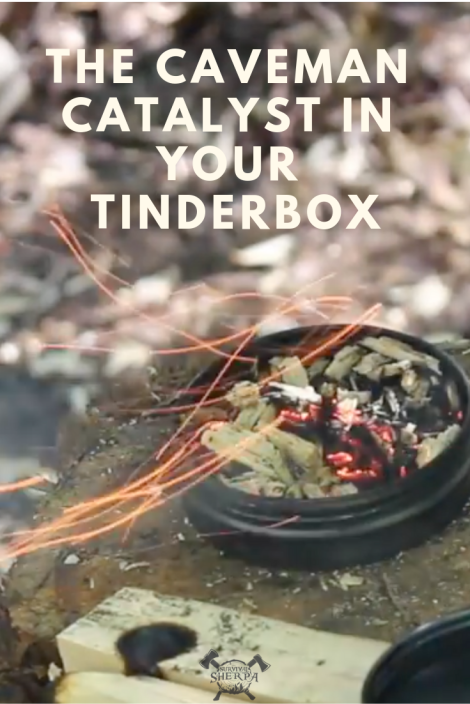
The human love affair with fire is intimate and ancient. Over the flames we cook, celebrate, spin tales, dream, and muse in the swirls of wood smoke. Fire is life. Its warming glow draws us like moths to a flame.
It’s not a stretch to believe that a Stone Age chemist recognized the idea of using carbon for future fires. Disturbing the leftover carbon ashes from the night fire, she stares at sparkles of light glowing like the pre-dawn stars above. She carefully nurses a baby “star” back to life to warm her hearth and home.
It ain’t rocket surgery. Even cavemen knew the importance of the sixth most abundant element in the universe.
Carbon and Future Fires
The game of chasing lightning strikes for each fire was no longer required. This unreliable practice was abandoned for twirling sticks together to create enough heat to initiate the combustion of blackish, carbonized dust. Even with a dependable friction fire apparatus, a more elemental plan was stumbled upon for their next fire. Carbon was the caveman catalyst for future fires.
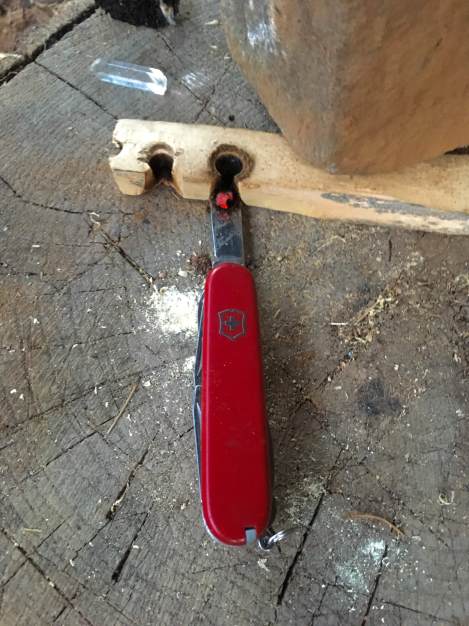
Carbonized dust glowing from friction.
Charcoal speeds up that wonderful exothermic reaction of combustion. Align a convex lens perpendicular to full sun on different non-charred tinder material. Smoke will rise in a minute. Do the same with charred material and a glowing ember is birthed in seconds. Weak flint and steel sparks produce the same glow.
When material containing carbon is heated without enough oxygen, charred material is the result. We teach our students to make char cloth at school. One side of the Fire Triangle is neglected by heating material in a closed chamber (Altoids tin). [I have a class set of Altoids tins stored in an old cassette tape container. Only a few students have ever heard of these “ancient” musical devices.] The lid hinge vents the volatile gases as the material is heated. When baked, the black charred material takes a spark from flint and steel.
Un-Burned Carbon in Ashes
Over the years, David West sparked my interest in the role of wood ash impregnated in tinder through his experiments on his channel. View his entire Ashed Tinder Playlist here. This, my pyro friends, has been a game-changer for me. Rubbing wood ash on any tinder material accelerates the combustion process.
Saving wood ash from previous fires has become an important part of my fire kit. A few years ago at a Georgia Bushcraft Gathering, I had a young kid ask during a Rudiger Roll (fire roll) demonstration why I added ashes to the cotton ball before rolling between the two boards. I had no real scientific explanation. I just did what I saw David West do.
Here’s my theory. Though wood ash looks nothing like charcoal, enough non-burned carbon remains in ash to significantly lower the temperature required to ignite tinder. Saturating any un-charred tinder (inner bark, jute twine, plant fiber, cotton material) with wood ash provides an excellent fire extender. In the video below, David shows a 4 foot strip of ashed denim burning/smoldering for 3 hours in time-lapse.
Following the lead of Stone Age chemists, making plans for future fires was smart. The thumb drill (lighter) was several millennials away from store shelves. Fire was not automatic. I make it a habit of separating burning logs in the fire pit at the end of each class at school. These partially charred sticks of cellulose are the stepping stone for the next morning’s fire lay. No need to start from scratch each day when charcoal is plentiful in the fire pit.
Carbon Steel and Rock
Flint and Steel was the most popular fire-making method up until matches and lighters lit up our world. Even without iron strikers, sparks could be delivered to charred material using the right combination of stones. The common catalyst in all primitive fire methods is carbon.
Modern re-enactors and nostalgic woodsmen continue to use flint and steel as fire starters. The method takes less energy and practice than fire by friction. The typical flint and steel kit consist of a high-carbon steel striker, a sharp rock (doesn’t have to be flint – any hard, silica based rock will work), and char cloth in a metal container.
However, cotton cloth does not grow in the woods. For a flint and steel kit to be sustainable long-term, natural materials can be carbonized.
My best experiences using charred natural material include:
- Punky wood – Decaying wood which is spongy when squeezed between thumb and finger. My favorite is the sap wood of Eastern Red Cedar (Juniperus virginiana). I’ve had good luck finding it on the underside of blown down cedars in the right stage of decay.

Punky cedar sap wood has a stringy consistency which makes great char material.
- Pithy weed stalks – Crack open the woody stalk of dead Mullein (Verbascum) and remove the spongy pith. Cook it in a container like char cloth for an excellent F&S spark-catcher.
- Natural tinder/cordage – Tulip Tree (Liriodendron tulipifera) twisted cordage has worked but not as well as the previously mentioned materials. Yucca (Asparagaceae) cordage works as well.
The only non-charred natural material I’ve found to consistently take a weak spark from F&S is:
- Chaga (Inonotus obliquus) – This fungus grows on birch trees in higher altitudes. It is called True Tinder Fungus as it will catch a spark from F&S. It also will smolder for a long time for a fire extender.
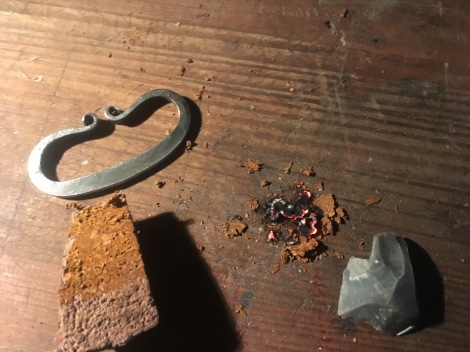
Thin slices of chaga ignited with flint and steel sparks.
I have friends who have achieved F&S embers using other non-charred material. Phillip Liebel, instructor at Flint and Steel Critical Skills Group, discovered that the inner lining of gourds will take a spark from F&S. It’s a very fine, papery material which burns rapidly. Joshua Enyart, founder of Flint and Steel Critical Skills Group, has used the Milkweed (Asclepias) pod to make fire with F&S. I’m sure there are other non-charred natural material out there that will work. Just recently I attempted the following with no success…
- Dog hair – Moose, our oldest rescue dog, sheds fine clumps of hair. A few sparks landed and fizzed out without catching. Looked promising.
- Cattail duff – White fluffy stuff is always worth trying. Still a no-go for me.
- Mullein pith – Did not work. I sliced some to form a fine, triangular edge. Sparks landed on the edge with no glow.
The above works well when carbonized, except dog hair. In my experience, any natural tinder material you’d normally use to build a tinder bundle will take a spark from F&S when charred. The exception to this is fat lighter’d (aka – fatwood). Don’t char fat lighter’d in a tin. You’ll end up with resin coating the bottom of your container.
Non-charred and Un-natural F&S Ignition
Good luck finding the elusive steel wool tree in the wilderness. I keep a pad of 0000 steel wool in my pack for cleaning axes and tools in the field. For stubborn tinder, add a pinch of steel wool and strike it with F&S. Once the spark catches and begins to spread like tiny dynamite fuses, the tinder becomes super-heated from rapid oxidation.
Gun powder will also ignite with F&S sparks. Flintlock rifles utilized this technology to explode powder and launch projectiles down range. A modern woodsman will likely have a cartridge of some kind which contains gun powder. Carefully remove the bullet from the brass cartridge and pour out a small amount of powder charge. Be ready to transfer the heat from the lit powder to your tinder material. It goes up in a flash.
Carbon Ash Experiments Coming
The South African tonteldoos pocket tinderbox I made rides in my F&S kit. It works well as long as the charred surface is charred well. With sporadic use, the dark char turns brownish from knocking around in my kit. In a future post, I plan to experiment with the mop head strands to see if impregnating them with wood ash will aid in ignition on brownish charred ends. This should be interesting.

A student achieving ignition with the Tonteldoos.
We’re also planning a post on making charred material without the typical metal container. Stay tuned.
Keep Doing the Stuff of Self-Reliance,
~ Todd
P.S. – You can also keep up with the Stuff we’re Doing on Twitter, Pinterest, YouTube, Instagram, and Facebook… and over at our Doing the Stuff Network.
P.P.S – If you find value in our blog, Dirt Road Girl and I would appreciate your vote on Top Prepper Sites! You can vote daily by clicking here or on the image below. Check out all the other value-adding sites while you’re there…

Thanks for Sharing the Stuff!
Copyright © by Survival Sherpa: Content on this site (unless the work of a third-party) may be shared freely in digital form, in part or whole, for non-commercial use with a link back to this site crediting the author. All links in articles must remain intact as originally posted in order to be republished. If you are interested a third-party article, please contact the author directly for republishing information.






